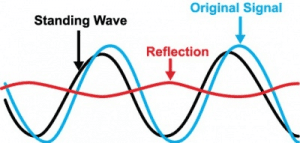“I feel the need—a need for speed!”
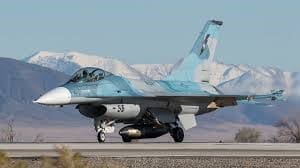
It’s hard to imagine anyone who’s seen Top Gun hasn’t pictured themselves as a Naval aviator going supersonic targeting bogeys. This motion picture was so successful at promoting the armed forces and saw they dramatic results to prove it. The US military saw a year over year increase of 20k enlisted personnel. The film featured the Navy’s TOPGUN fighter pilot program previously located in Miramar San Diego “Fightertown USA”. Now the program is located at Naval Air Station Fallon in western Nevada (Figure 1). Hollywood did an excellent job of romanticizing this particular warfighter training program; however, the real substance behind the scenes are decades of training, analytics and battle strategy that go into these programs. A scene from Top Gun gives you some insight to the military’s real-time battle analytic capabilities in the 80’s. Here they playback, similar to video game, a risky aerial maneuver Maverick pulled off.
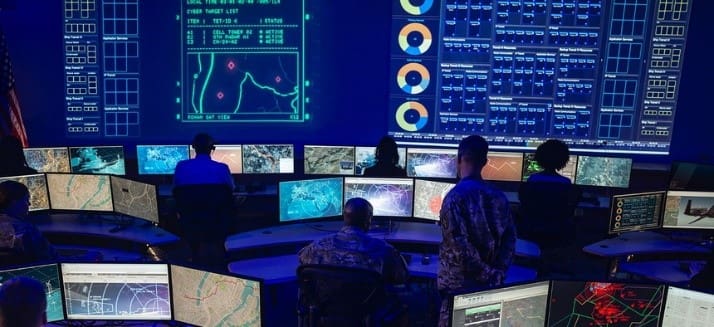
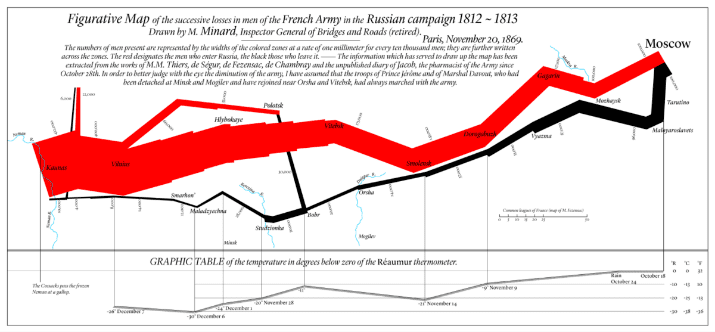
The technology available to war planners might have evolved, however the core concepts remain the same, intelligence, observation, and analysis. The graph in Figure 3 was created by Charles Joseph Minard in 1869. It represents Napoleon’s invasion and subsequent retreat from Russia in 1812. The graph integrates six data items in two dimensions into a single chart: a thick band indicating troop count during their advance and retreat, the distance traveled, temperature, latitude and longitude, direction and location relative to specific dates. Even to this day information scientist laude Minard’s representation as the best statistical graphic ever drawn and is an excellent example of efficiently displaying tactical data.
Friend or Foe?
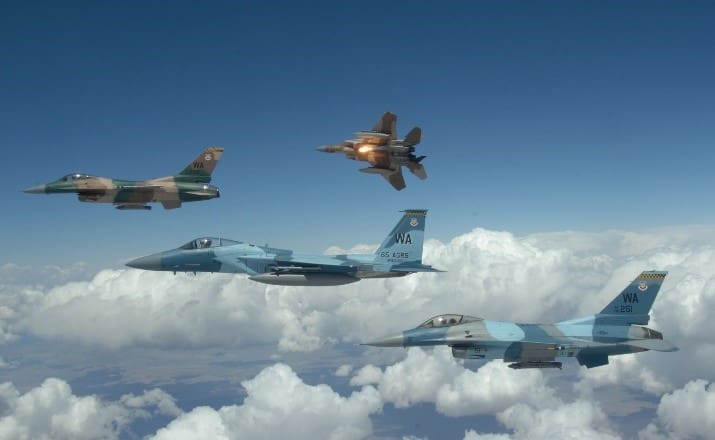
Modern warfighting training programs involve a complexed array of platforms, environments, branches of military and even joint exercises with allied partners. Such exercises playout at one of the many US military bases large enough to securely and safely support the scale of these events. Exercise Red Flag is an event that is hosted by the Air Force multiple times a year in two locations: Nellis Air Force Base, Nevada, and Eielson Air Force Base, Alaska. This is a live fire exercise utilizing enemy hardware. It has been held since 1975 and brings together all branches of the military. The Marines have a similar program to the Navy’s Topgun program called the Marine Corps Weapons and Tactics Instructor Course (WTI) and is held biannually in Yuma Arizona. The largest war game event, the Rim of the Pacific Exercise (RIMPAC) is held biennially during the summer. This event is hosted and administered by the US Navy’s Indo-Pacific Command headquartered at Pearl Harbor Hawaii.
Large Area Tracking Range (LATR)

The LATR system is the live-action testing system that allows the Navy to perform training exercises while maintaining precise time, space, position, information (TSPI) data on all participating stationary wing, rotary wing, and ship units. This system can track up to 124 participants to a range of 500nm with an elevation ranging from sea level to 70,000ft. The data collection and processing structure allows for simultaneous debriefing data and real-time live action mission recording.
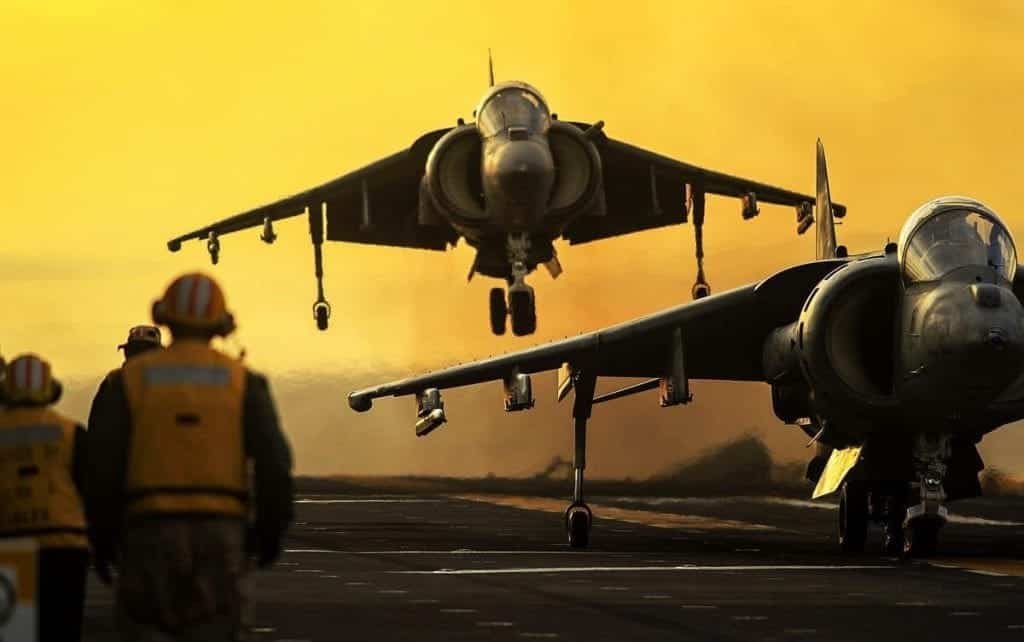
The DoD maintains several bases with the capacity to support the scale of these operations. The Marine Corps Air Station Cherry Point is located at the foot of the great Outer Banks. This covers an area of 29,000 acres and manages 9000 square miles of airspace for military and civil air traffic. Second is the Naval Air Station Oceana located in Virginia. With its primary mission to support shore-based readiness by providing the facilities, equipment, training and personnel to do so. Next, the Marine Corps Air Station located in Yuma Arizona. Currently this is the most active air station in the Marines for good reason. It offers excellent weather and thousands of acres of open terrain for air-to-ground weapons training. Fourth, the Pacific Missile Range Facility, Barking Sands (PMRF). This is the world’s largest instrumented multi-environmental range, capable of supported surface, subsurface, air, and space operations simultaneously from its facility located near Kauai County, Hawaii.
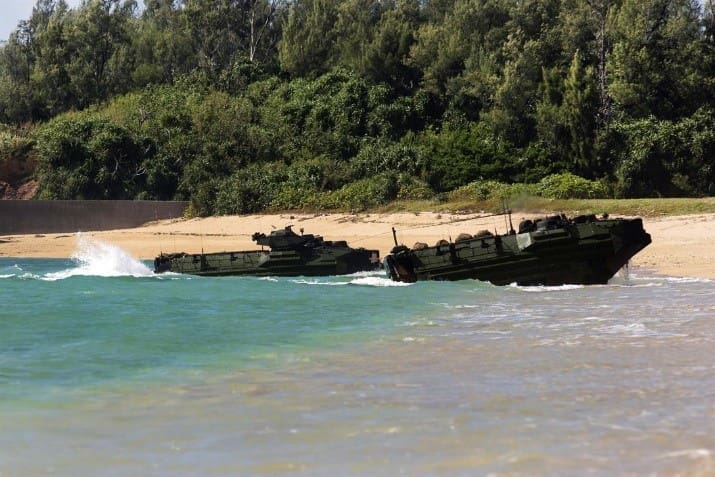
PMRF supports the fleet fighter with the largest instrumented training range in the world and boasts a full complement of test and training targets, from subsurface to space. The United States Navy’s Atlantic Undersea Test and Evaluation Center (AUTEC) is a laboratory that performs integrated three-dimensional hydrospace / aerospace trajectory measurements covering the entire spectrum of undersea simulated warfare. Its mission is to assist in establishing and maintaining naval ability of the United States through testing, evaluation, and underwater research. The Southern California Offshore Range (SCORE), located at Fleet Area Control and Surveillance Facility, NAS North Island California, provides (IT-21) tactical range training and testing services to U.S. Navy units of the Pacific Fleet. China Lake, in California’s Mojave Desert, is home to NAVAIR’s Naval Air Warfare Center Weapons Division (NAWCWD).
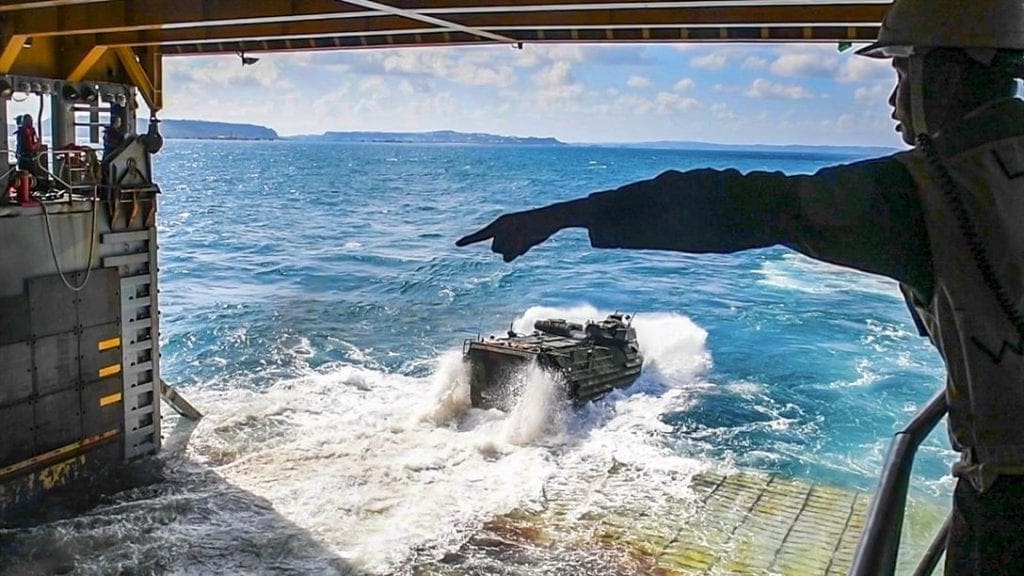
The un-encroached air and land ranges at China Lake provide unmatched geographic conditions. Here they develop and test weapon systems and explore tactics for desert and mountain environments. Headquartered in El Paso, Texas, Fort Bliss is the largest installation in FORSCOM (United States Army Forces Command) and second largest in the Army overall. One of the many functions of this base is to host joint military exercises with other U.S. and foreign units.
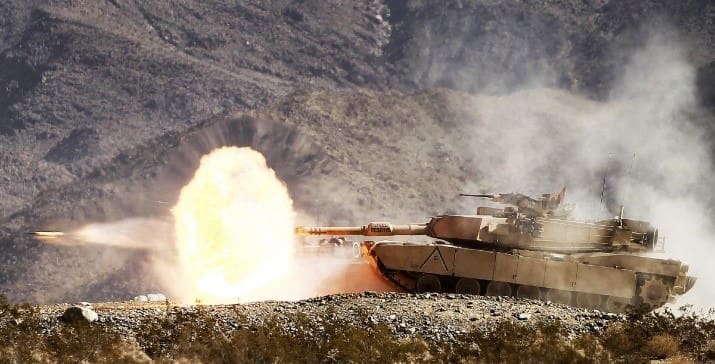
Tracking Systems
There are several prime contractors that participate in the systems tracking arena such as Cubic which has been the pioneer. Cubic invented the Air Combat Maneuvering Instrumentation (ACMI) system in the early 1970’s which is the foundation for these real-time tracking combat platforms.[1] The core is the Control and Computation Subsystem (CCS) which is a rack mount PC that calculates (TSPI).
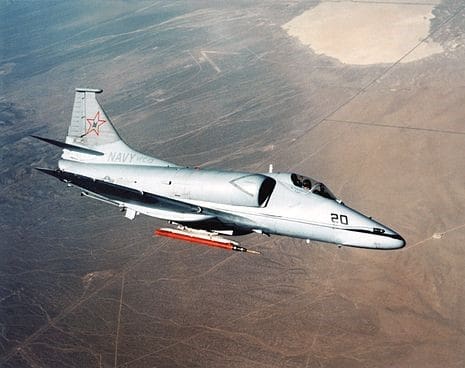
The Transmission Instrumentation Subsystem (TIS) that is located near a communications tower on the test range. The TIS will have 1-9 remote interrogators (remotes) scattered throughout the range. One of these remotes is at the TIS and is referred to as the “remote at Master”. Each remote interrogates an AIS pod (Figure 10) loaded on each aircraft flying on range and receives the response and relays it to the TIS. ACMI systems triangulate each pod’s position and relayed that TSPI back to the CCS. Current ACMI systems also incorporate a GPS unit located in each AIS pod to calculate its own position. The CCS now gets a complete TSPI message from the AIS pod via the TIS and forwards this data to a display system.[2]
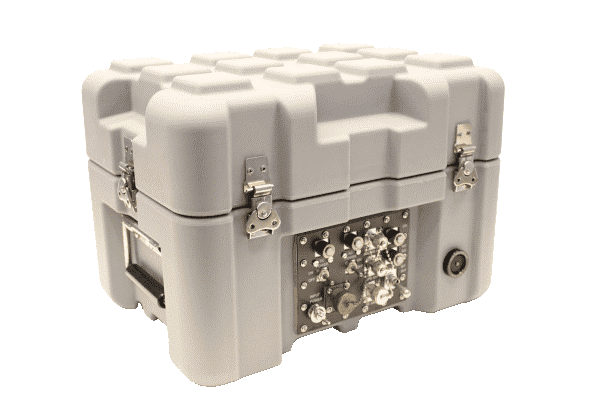
NuWaves RF Solutions is a leader in designing and developing Range Telemetry Tracking Systems for the DoD and other Prime Defense Contractors. With experience working with Iridium, RF, Microwave, and Landline backhauls, NuWaves can provide custom tailored solutions for precision tracking of your assets during training exercises and testing. As a result of providing excellent system sustainment and modernization services, NuWaves RF Solutions has had the opportunity to lead new design and development efforts for critical Range Telemetry Tracking equipment in a number of range programs and has made a lasting footprint with our existing customers. Today, we are actively pursuing new opportunities to provide system sustainment and modernization services for existing range telemetry tracking hardware and looking to deepen our existing footprint in the Aerospace and Defense Industry.
References
– Figure 1 – https://aviationphotodigest.com/naval-air-station-fallon-2015/
– Figure 2 – https://www.defenseone.com/technology/2020/02/war-autopilot-it-will-be-harder-pentagon-thinks/163064/
– Figure 3 – https://en.wikipedia.org/wiki/Charles_Joseph_Minard
– Figure 4-9 – NuWaves Engineering
– Figure 10 –https://en.wikipedia.org/wiki/Air_combat_maneuvering_instrumentation
– [1] – https://www.cubic.com/solutions/training/air-combat
– [2] – https://en.wikipedia.org/wiki/Air_combat_maneuvering_instrumentation
– Figure 11 – NuWaves Engineering

